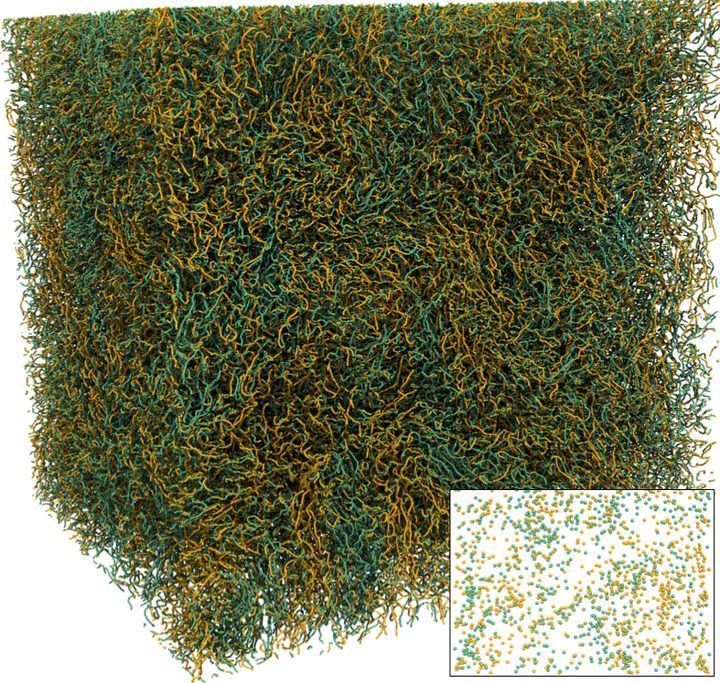Vortex clustering, polarisation and circulation intermittency in classical and quantum turbulence

Abstract
The understanding of turbulent flows is one of the biggest current challenges in physics, as no first-principles theory exists to explain their observed spatio-temporal intermittency. Turbulent flows may be regarded as an intricate collection of mutually-interacting vortices. This picture becomes accurate in quantum turbulence, which is built on tangles of discrete vortex filaments. Here, we study the statistics of velocity circulation in quantum and classical turbulence. We show that, in quantum flows, Kolmogorov turbulence emerges from the correlation of vortex orientations, while deviations—associated with intermittency—originate from their non-trivial spatial arrangement. We then link the spatial distribution of vortices in quantum turbulence to the coarse-grained energy dissipation in classical turbulence, enabling the application of existent models of classical turbulence intermittency to the quantum case. Our results provide a connection between the intermittency of quantum and classical turbulence and initiate a promising path to a better understanding of the latter.
See also this post in the News section and our first paper on the topic published in Physical Review X